Articles > Geography
Know Croatia Largest Cities? Here are the top 25 to get you started.
1. Zagreb (Population: 663,592)
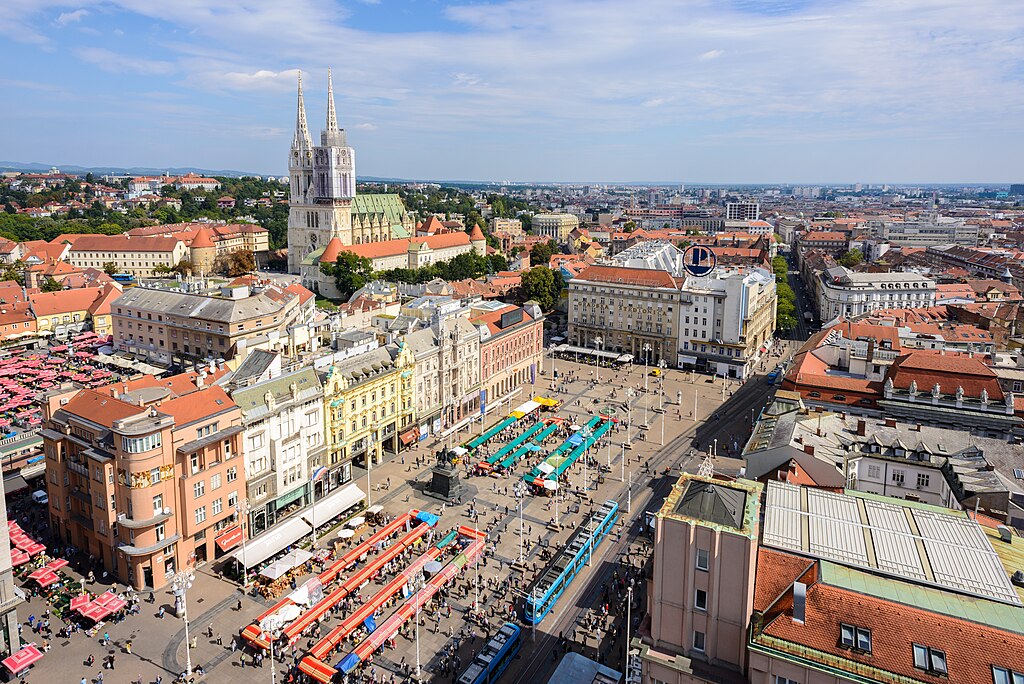
Zagreb, Croatia’s vibrant capital, sits at the intersection of Central and Southeastern Europe. Divided into the historic Upper Town, with its cobblestone streets, and the lively Lower Town, filled with Austro-Hungarian architecture, it offers a blend of tradition and modernity. Cultural landmarks include the Cathedral, Dolac Market, and the Museum of Broken Relationships. Zagreb is also a hub for business, education, and government, with a bustling café culture and numerous festivals. Surrounded by Medvednica Mountain and close to wine-growing regions, the city provides easy access to outdoor activities. Its tram network, public parks, and historic squares create a welcoming urban experience for residents and visitors alike.
Interesting Fact:
Zagreb’s funicular is one of the shortest in the world, at just 66 meters.
2. Split (Population: 149,830)
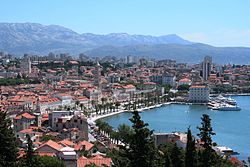
Split, on the Dalmatian coast, is Croatia’s second-largest city and a UNESCO World Heritage site thanks to Diocletian’s Palace, an ancient Roman complex forming the city’s heart. Its narrow stone streets, bustling markets, and seafront promenade (Riva) make it a lively cultural hub. Split blends ancient history with modern life, featuring museums, theaters, and vibrant nightlife. The port connects to numerous Adriatic islands, making it a key transportation hub. The surrounding mountains and beaches offer outdoor adventures, while Mediterranean cuisine is central to the city’s charm. Its unique mix of Roman, Venetian, and modern architecture reflects centuries of cultural influence.
Interesting Fact:
Diocletian’s Palace was built in the 4th century as a retirement home for the Roman emperor.
3. Rijeka (Population: 107,964)
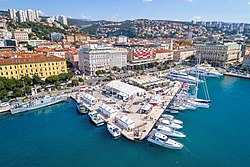
Rijeka, Croatia’s main seaport, lies on the Kvarner Bay of the Adriatic Sea. Known for its shipbuilding industry and multicultural heritage, Rijeka features landmarks such as Trsat Castle, the Korzo pedestrian street, and the baroque Cathedral of St. Vitus. The city has a rich history, having been influenced by numerous empires and nations. Cultural life is vibrant, with theaters, museums, and the famous Rijeka Carnival, one of the largest in Europe. The surrounding region offers beaches, islands, and mountain landscapes, making Rijeka both an industrial and tourist hub. Its location has made it a crossroads of Central European and Mediterranean cultures.
Interesting Fact:
Rijeka was the European Capital of Culture in 2020.
4. Osijek (Population: 75,535)
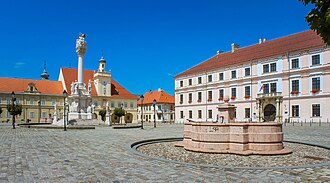
Osijek, the largest city in eastern Croatia, is located on the Drava River. Known for its baroque architecture, spacious squares, and river promenades, Osijek is a cultural and economic center of the Slavonia region. The city’s Tvrđa, an 18th-century fortress, is a hub for nightlife, festivals, and historical exploration. Osijek is surrounded by fertile farmland, contributing to its agricultural industry. Its parks, bike paths, and proximity to nature reserves make it a green city. A strong university presence adds a youthful energy, while traditional cuisine and local wines reflect the region’s heritage.
Interesting Fact:
Osijek’s Tvrđa fortress is one of the best-preserved baroque complexes in Central Europe.
5. Zadar (Population: 67,309)
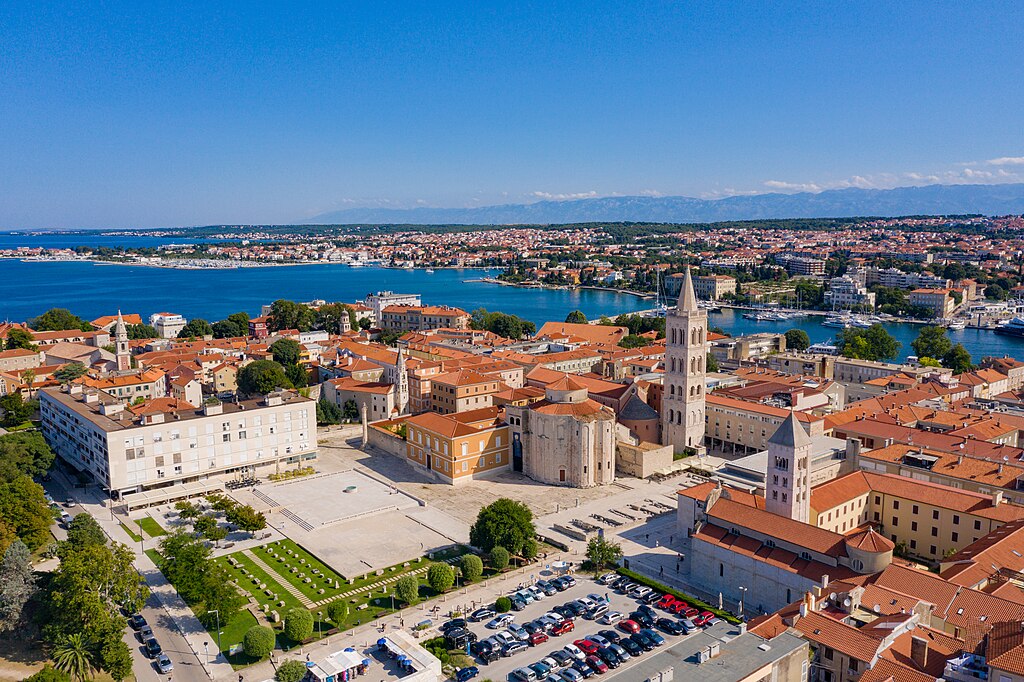
Zadar, on Croatia’s Dalmatian coast, is famous for its blend of Roman, medieval, and modern architecture. Landmarks include the Roman Forum, St. Donatus Church, and the Sea Organ, an architectural sound installation powered by waves. Zadar offers vibrant markets, cafes, and access to nearby islands and national parks. Its rich history includes Venetian rule, which left a strong architectural influence. The city’s waterfront sunsets are legendary, once praised by Alfred Hitchcock as the most beautiful in the world. Tourism, fishing, and agriculture form the backbone of the local economy.
Interesting Fact:
The Sea Organ in Zadar plays music created entirely by the motion of the sea.
6. Sesvete (Population: 55,313)

Sesvete, a district of Zagreb, is its fastest-growing area, blending suburban living with urban amenities. It has a strong community atmosphere, supported by markets, schools, and sports facilities. Historically a rural area, Sesvete has seen rapid residential and commercial development. Its location near major highways makes it a convenient base for commuting into central Zagreb while offering more affordable housing. Cultural events and local traditions are maintained, giving Sesvete a distinct identity despite its metropolitan connection.
Interesting Fact:
Sesvete is officially recognized as the easternmost district of Zagreb.
7. Pula (Population: 52,220)

Pula, located at the southern tip of the Istrian Peninsula, is famed for its remarkable Roman heritage, most notably the Pula Arena, one of the best-preserved Roman amphitheaters in the world. The city has been a strategic port for centuries, shaped by Roman, Venetian, Austro-Hungarian, and Italian rule. Today, Pula is a vibrant cultural center, hosting film festivals, concerts, and exhibitions. Its Mediterranean climate, historic streets, and nearby beaches make it a popular tourist destination. The harbor remains active for shipbuilding and maritime industries, while the old town offers a blend of historic sites, lively markets, and seaside cafés. Pula’s surrounding countryside is dotted with vineyards and olive groves, adding to its appeal.
Interesting Fact:
The Pula Arena is among the six largest surviving Roman amphitheaters in the world.
8. Slavonski Brod (Population: 45,005)
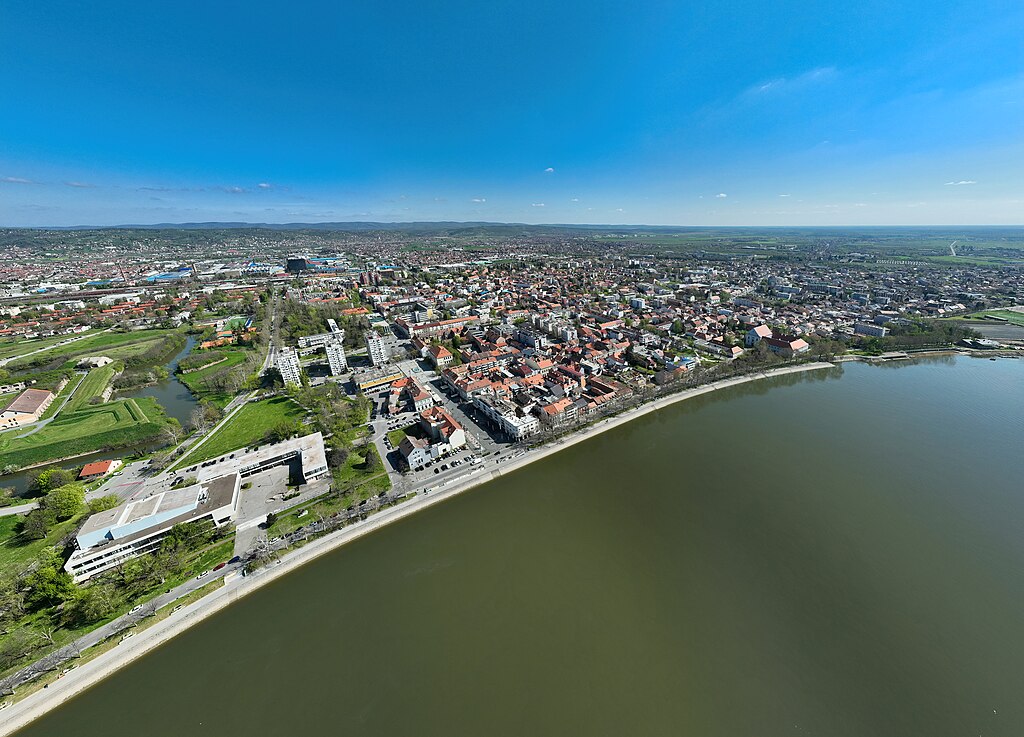
Slavonski Brod, located on the Sava River along the border with Bosnia and Herzegovina, is the second-largest city in Slavonia. Historically a major military frontier, it is home to the 18th-century Brod Fortress, one of the largest of its kind in Croatia. The city is a center for industry, commerce, and culture in the region, with a strong tradition in metalworking and manufacturing. Its riverfront and parks provide scenic walking areas, while cultural events and festivals highlight local traditions. Slavonski Brod’s location has made it an important transportation hub connecting eastern Croatia with the rest of the country and neighboring nations.
Interesting Fact:
The Brod Fortress covers an area of about 33 hectares.
9. Karlovac (Population: 41,869)
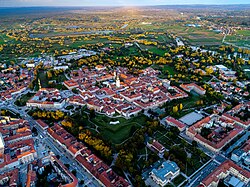
Karlovac, founded in the 16th century as a star-shaped Renaissance fortress, is strategically located at the confluence of four rivers: the Kupa, Korana, Mrežnica, and Dobra. Known as the “city of parks,” Karlovac is rich in greenery and outdoor spaces. The city has a long brewing tradition and is home to the Karlovačko beer brand. Its historic core, with remnants of the original star fort design, blends with modern residential and commercial areas. Karlovac is also a gateway to the Plitvice Lakes National Park, attracting nature lovers. The rivers provide opportunities for kayaking, fishing, and swimming, making the city popular for water-based recreation.
Interesting Fact:
Karlovac’s unique star-shaped layout was designed for military defense against Ottoman invasions.
10. Varaždin (Population: 36,187)
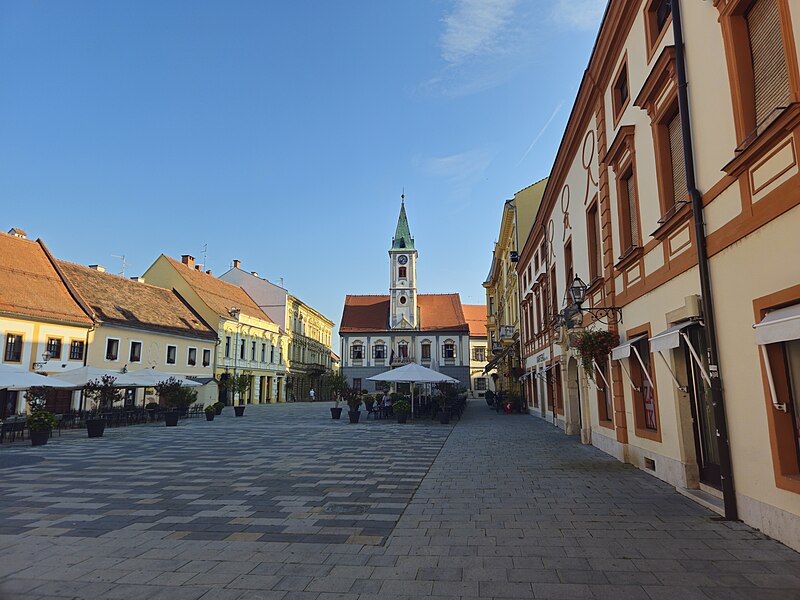
Varaždin, in northern Croatia, is renowned for its baroque architecture, well-preserved historic center, and cultural vibrancy. Once the capital of Croatia in the 18th century, it boasts elegant palaces, churches, and the iconic Varaždin Castle. The city is a hub for festivals, including the popular Špancirfest street festival. Known for its clean streets and manicured parks, Varaždin has earned a reputation as one of Croatia’s most beautiful cities. Its strong textile and manufacturing industries contribute to its economy, while its proximity to Slovenia and Hungary makes it a cross-border cultural link. Visitors are drawn to its charm, history, and lively arts scene.
Interesting Fact:
Varaždin is nicknamed the “Baroque Capital of Croatia.”
11. Šibenik (Population: 31,115)
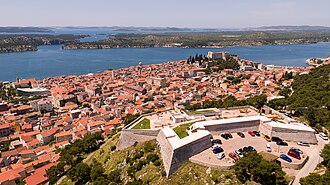
Šibenik, located along the central Adriatic coast, is unique as the only Croatian city founded by native Croats, rather than Romans or other settlers. It is famed for the UNESCO-listed Cathedral of St. James, built entirely of stone. The city’s historic core features narrow streets, stone houses, and fortresses with stunning sea views. Modern Šibenik blends its maritime heritage with a growing tourism sector, benefiting from nearby national parks such as Krka and Kornati. Festivals celebrating music, food, and culture attract visitors from around the world. The harbor remains active for fishing and small-scale shipping, while the old town preserves a strong sense of tradition.
Interesting Fact:
Šibenik’s Cathedral of St. James took over a century to complete, from 1431 to 1535.
12. Velika Gorica (Population: 30,036)
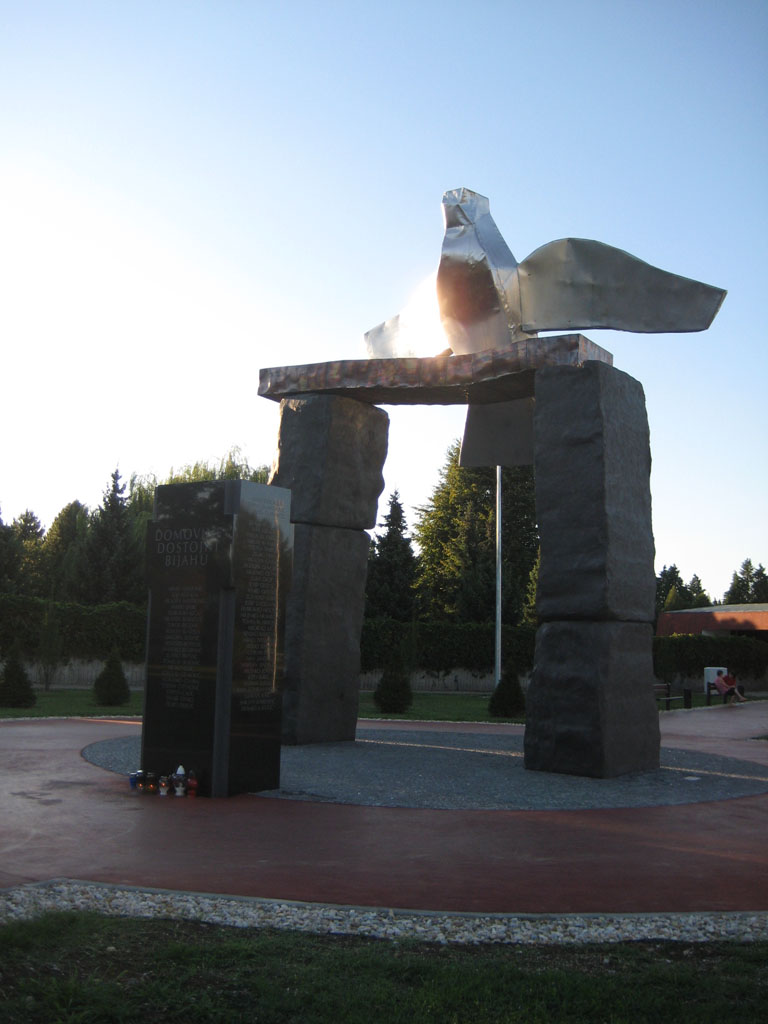
Velika Gorica, just south of Zagreb, is the largest city in Zagreb County and serves as a suburban residential and business area. It is closely linked to the capital through transportation and economic ties, yet maintains its own cultural identity. The city is known for its Turopolje Museum, preserving the region’s folk heritage, and for nearby traditional wooden chapels. Agriculture and small industries remain important to its economy, while the proximity to Franjo Tuđman Airport makes it a convenient location for travelers. Velika Gorica is a blend of modern infrastructure, historical roots, and a community-oriented atmosphere.
Interesting Fact:
Velika Gorica is part of the historic Turopolje region, known for distinctive wooden architecture.
13. Vinkovci (Population: 28,111)
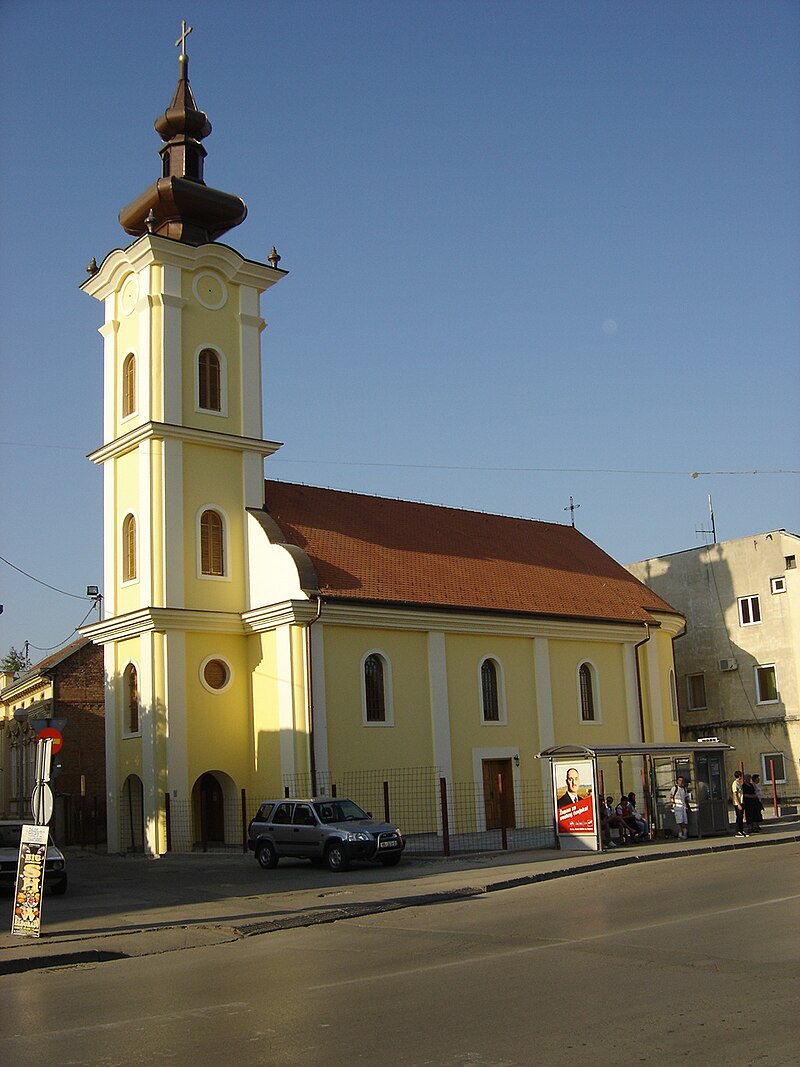
Vinkovci, in eastern Croatia, is recognized as one of the oldest continuously inhabited cities in Europe, with a history spanning over 8,000 years. It was a significant settlement in Roman times, known as Cibalae, and the birthplace of two Roman emperors, Valentinian I and Valens. The city is a cultural hub for the Slavonia region, hosting traditional folklore festivals and maintaining strong agricultural ties. The Bosut River flows through Vinkovci, providing a picturesque setting. Despite wartime damage in the 1990s, the city has been rebuilt and revitalized, preserving its deep historical legacy.
Interesting Fact:
Vinkovci hosts the annual Autumn in Vinkovci festival, celebrating Slavonian heritage.
14. Sisak (Population: 27,859)
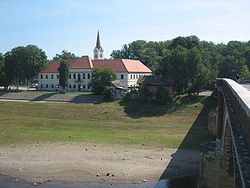
Sisak, located at the confluence of the Kupa, Sava, and Odra rivers, has been an important strategic and industrial city for centuries. Known for its significant role in Croatian history, Sisak was the site of a major victory against the Ottoman Empire in 1593. The city’s heritage includes Roman ruins from the settlement of Siscia and Austro-Hungarian architecture. Sisak has a long tradition of heavy industry, particularly in metallurgy and oil refining. Parks and riverfront promenades make it a pleasant place to explore, while cultural institutions preserve its deep historical roots. The surrounding region offers natural beauty and opportunities for outdoor activities.
Interesting Fact:
Sisak’s Roman name, Siscia, appears on coins dating back nearly 2,000 years.
15. Dubrovnik (Population: 26,922)
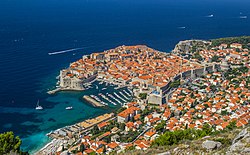
Dubrovnik, often called the “Pearl of the Adriatic,” is one of Croatia’s most famous tourist destinations. Its UNESCO-listed Old Town, encircled by massive stone walls, features medieval streets, baroque churches, and stunning views of the Adriatic Sea. Once a powerful maritime republic, Dubrovnik flourished through trade and diplomacy. Today, it is a major cultural and festival center, hosting events such as the Dubrovnik Summer Festival. Tourism is its primary economic driver, but the city also maintains traditions in crafts and gastronomy. Dubrovnik’s dramatic coastal scenery and nearby islands add to its global appeal.
Interesting Fact:
Dubrovnik served as a filming location for the city of King’s Landing in *Game of Thrones*.
16. Bjelovar (Population: 24,392)
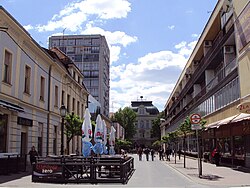
Bjelovar, in central Croatia, was founded in the 18th century as a military stronghold of the Habsburg Monarchy. Its orderly grid layout and central park reflect its planned origins. The city has a rich cultural scene with museums, galleries, and annual festivals. Agriculture plays an important role in the local economy, supported by surrounding fertile land. Bjelovar is also recognized for its dairy production. With a mix of historic buildings and modern facilities, it offers both charm and convenience for residents and visitors.
Interesting Fact:
Bjelovar was officially founded in 1756 by order of Empress Maria Theresa.
17. Koprivnica (Population: 22,262)
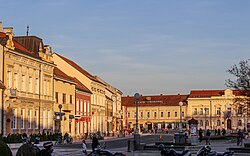
Koprivnica, near the Hungarian border, is a vibrant regional center known for its strong cycling culture and pedestrian-friendly streets. Historically a fortress town, it developed into a commercial and industrial hub. Today, it is home to the headquarters of Podravka, a major Croatian food company. The city is committed to sustainability, promoting green spaces and environmentally friendly transportation. Cultural events, markets, and festivals keep its traditions alive while attracting visitors from across the region.
Interesting Fact:
Koprivnica is famous for producing *Vegeta*, a popular food seasoning.
18. Vukovar (Population: 22,255)
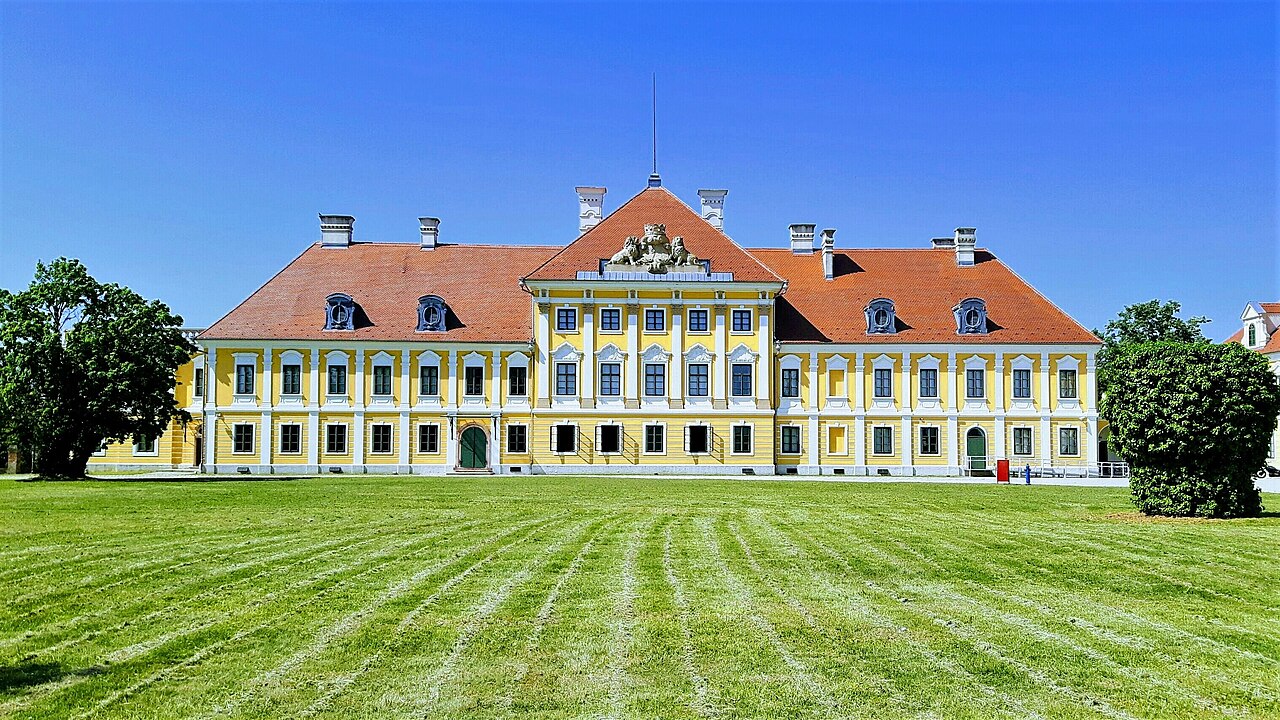
Vukovar, located on the Danube River, is known for its resilience and symbolic importance in Croatia’s modern history. Severely damaged during the Croatian War of Independence, the city has undergone significant reconstruction while preserving memorial sites. Vukovar’s riverside location gives it a picturesque quality, and its mix of baroque architecture and modern development reflects its complex history. Agriculture and river transport remain important to the local economy, alongside a growing tourism sector focused on remembrance and heritage.
Interesting Fact:
Vukovar is home to the iconic water tower, preserved as a symbol of resistance.
19. Solin (Population: 20,996)
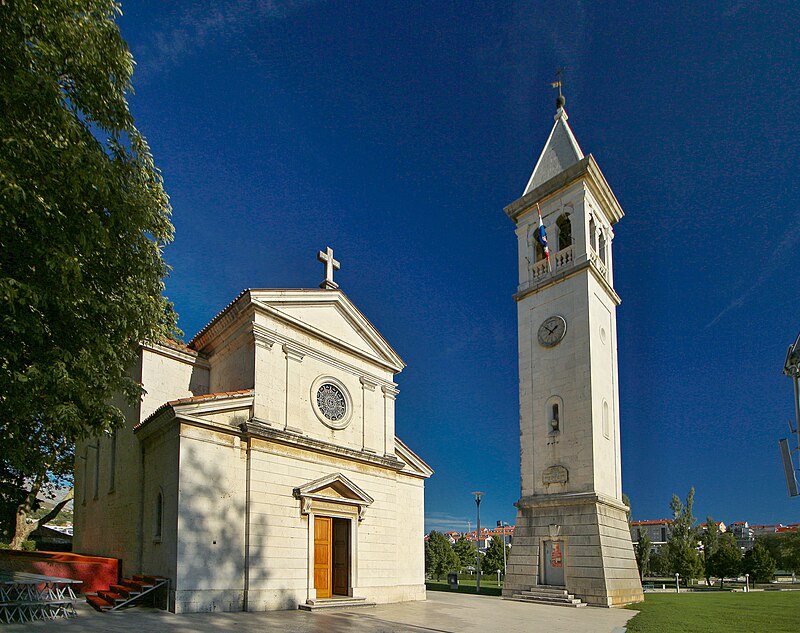
Solin, near Split, is built on the site of the ancient Roman city of Salona, once the capital of the Roman province of Dalmatia. Archaeological remains, including an amphitheater and city walls, draw history enthusiasts from around the world. Today, Solin is a growing suburban area with a mix of residential neighborhoods, small businesses, and cultural attractions. Its riverside parks and proximity to Split make it an appealing place for families and visitors seeking a quieter setting close to the coast.
Interesting Fact:
Salona’s ruins in Solin are among the largest Roman archaeological sites in Croatia.
20. Zaprešić (Population: 18,768)
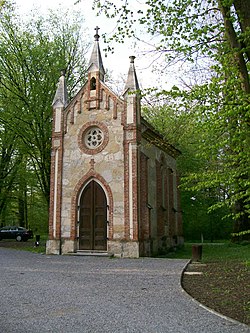
Zaprešić, northwest of Zagreb, is a suburban city known for its castles and noble estates, such as Novi Dvori, once owned by Ban Josip Jelačić. The city blends historical heritage with modern residential areas, attracting commuters who work in the capital. Zaprešić offers a variety of sports and recreational facilities, including golf courses and equestrian centers. It has a growing economy based on trade, services, and small manufacturing.
Interesting Fact:
Novi Dvori in Zaprešić contains the preserved tomb of Ban Josip Jelačić.
21. Samobor (Population: 16,911)

Samobor, a charming town near the Slovenian border, is famous for its picturesque old center and culinary specialties, especially the cream cake known as *kremšnita*. It is a popular weekend getaway for Zagreb residents, offering hiking trails, cultural festivals, and a relaxed atmosphere. Samobor’s history stretches back to the Middle Ages, and its surrounding hills produce excellent wines. The town’s markets, craft shops, and friendly cafes make it a delightful destination year-round.
Interesting Fact:
Samobor’s *kremšnita* recipe has been a local tradition for over 150 years.
22. Đakovo (Population: 16,875)
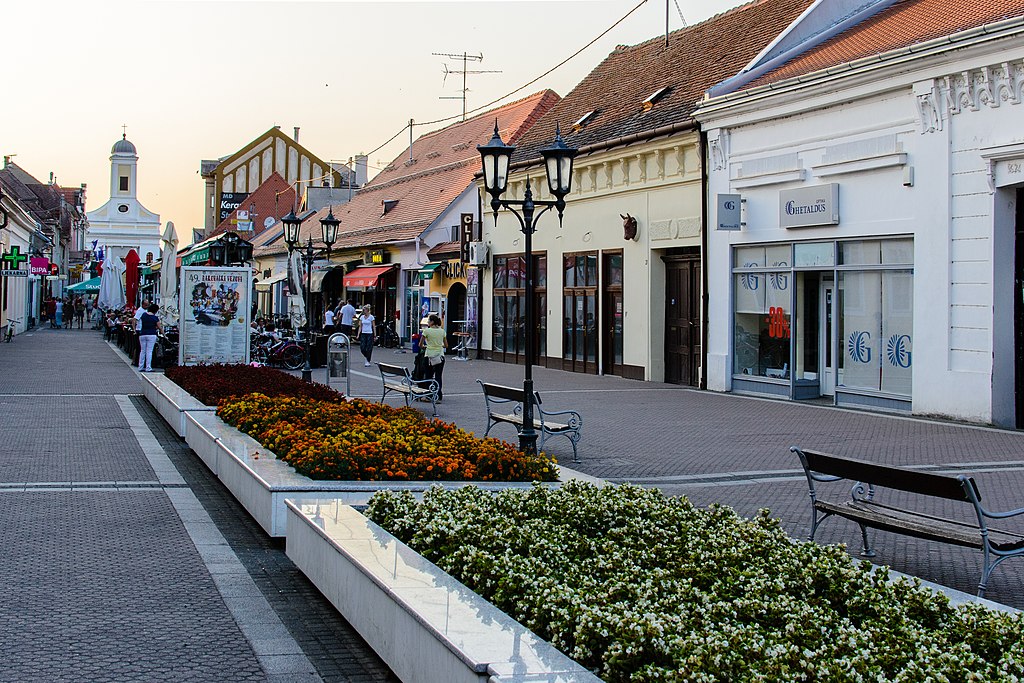
Đakovo, in Slavonia, is best known for its grand Đakovo Cathedral, a red-brick masterpiece that dominates the city’s skyline. The city is an agricultural hub, particularly famous for horse breeding at the Đakovo Stud Farm, which raises the Lipizzaner breed. Festivals, cultural events, and strong religious traditions define local life. Its central location makes Đakovo a key commercial center for the region, blending historic charm with modern amenities.
Interesting Fact:
The Đakovo Stud Farm was established more than 500 years ago.
23. Požega (Population: 16,867)
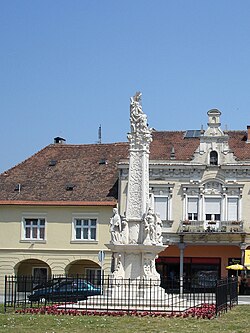
Požega, located in a fertile valley often called the “Golden Valley,” is surrounded by gentle hills and vineyards. Known for its wine production, the city has a long history dating back to medieval times. Požega’s baroque square and historic churches give it a distinctive charm, while modern facilities support a growing economy. It serves as a cultural and educational hub for the surrounding rural areas.
Interesting Fact:
Požega hosts an annual wine festival celebrating the region’s vintages.
24. Čakovec (Population: 15,078)
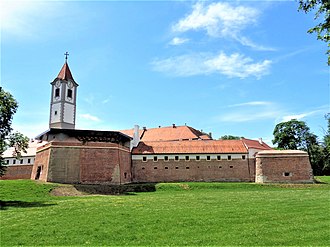
Čakovec, in northern Croatia, is the center of the Međimurje region and is known for its castle, once the seat of the Zrinski noble family. The city blends history with a lively modern atmosphere, offering shopping, cultural events, and sports facilities. Agriculture and food production are important industries, alongside trade and services. Its location near both Slovenia and Hungary makes it an important regional crossroads.
Interesting Fact:
Čakovec Castle houses the Međimurje County Museum.
25. Metković (Population: 13,971)
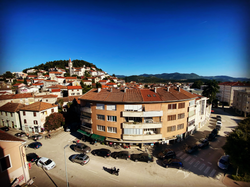
Metković, near the border with Bosnia and Herzegovina, lies along the Neretva River in a fertile delta region. Known for its agriculture, particularly citrus fruits, Metković also serves as a gateway to the Neretva Valley’s wetlands and bird habitats. The city has a rich cultural life, including a museum dedicated to the nearby ancient site of Narona. Its position on trade routes has made it an important commercial center in southern Croatia.
Interesting Fact:
Metković hosts an annual boat marathon on the Neretva River.




